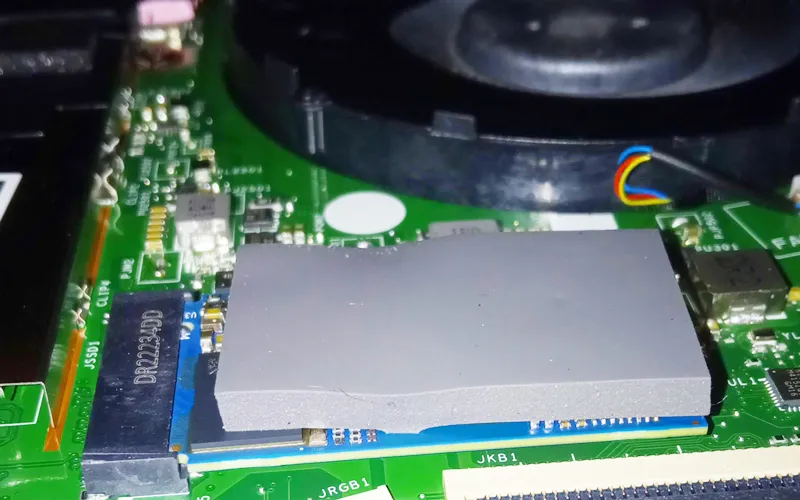Cooling Thermal Pads Showdown, What You Should and Shouldn't Buy
- Posted on:2023-07-04 10:07:00
- Source:AOK Thermal Pad Manufacturer FAQs
In the world of thermal interface materials (TIMs), there are many options available for cooling thermal pads. However, not all cooling thermal pads are created equal. Here's a quick rundown of what you should and shouldn't buy.
Conductivity
The primary function of a thermal pad is to transfer heat from a component to a cooling device. Therefore, you want a thermal pad with high thermal conductivity. Look for a thermal pad with a thermal conductivity rating of at least 3W/m.K.
Thickness
The thickness of the thermal pad can affect its performance. A thicker pad may be more effective at filling in gaps and imperfections in the contact surface, but it may also impede heat transfer. A thinner pad may offer better thermal performance, but it may not fill gaps as well. Generally, a thickness of 0.5-2.0mm is recommended.
Size
Make sure you buy a thermal pad that is the right size for your component and cooling device. It should cover the entire surface of the component and fit snugly between the component and the cooling device to ensure good contact.
Durability
Some thermal pads can degrade over time or with exposure to high temperatures. Look for a thermal pad that is rated for high temperatures and has a long lifespan.
Brand Reputation
Finally, consider the reputation of the brand and read reviews from other users to get an idea of the thermal pad's performance and reliability.
In terms of what you shouldn't buy, avoid thermal pads with a low thermal conductivity rating, as they may not be effective at transferring heat. Also, be wary of very cheap thermal pads, as they may be of lower quality and not last as long. Finally, don't assume that a thicker thermal pad is always better, it's important to find the right balance between thickness and thermal performance. When it comes to cooling thermal pads, buy in high-quality materials with good thermal conductivity is essential for ensuring optimal performance and preventing damage to electronic components.
If you would like to learn more about AOK performance thermal materials, please visit our website at www.aok-technologies.com


